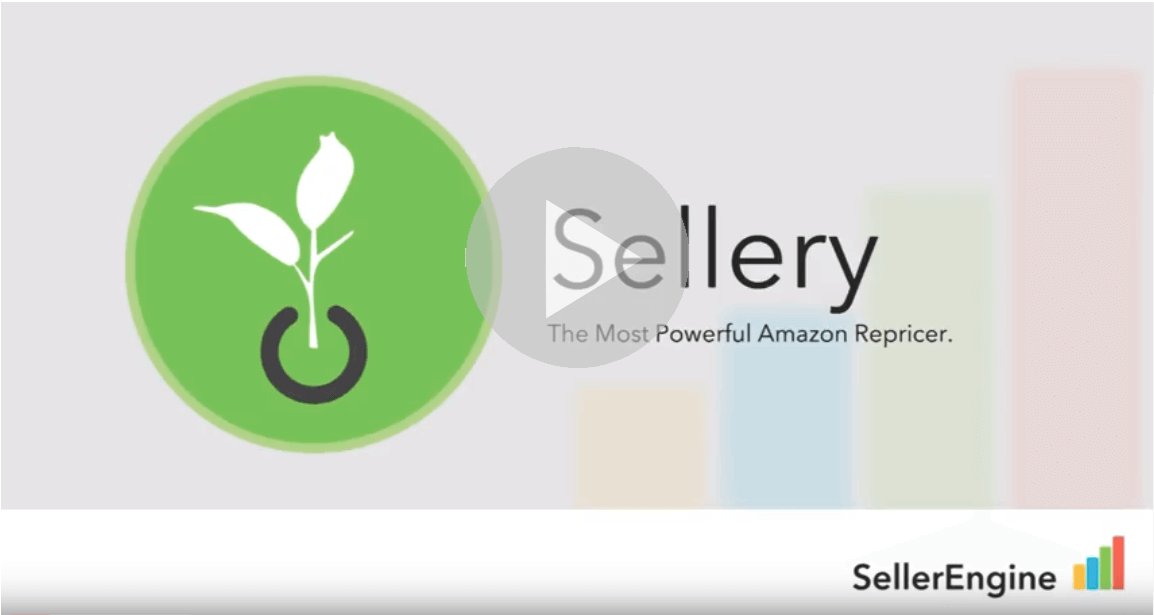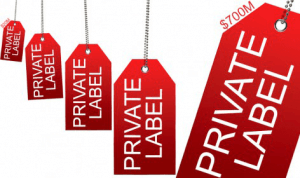
Amazon Competitive Analysis with AI: Profit Bandit’s Smart Tools
Reading Time: 5 minutesUnderstanding your competition on Amazon isn’t optional—it’s critical. Whether you sell private label, wholesale, online, or retail arbitrage, your ability to analyze the competitive landscape


 Private Label sales on Amazon have been growing significantly over the past two years. At first, many sellers used the ‘set it and forget it’ strategy, after all, not having competitors was commonly the main driving force for those choosing to move to this model. But as private label sellers quickly learned, ‘the set it and forget it’ strategy often leaves money on the table or keeps items from selling that otherwise might have at the right price point. So how do you price Private Label listings if you don’t have competition? Sales velocity! Just enter your applicable sales thresholds in Sellery and automatically raise or lower your price depending on sales velocity to increase profits and find price points that generate sales.
Private Label sales on Amazon have been growing significantly over the past two years. At first, many sellers used the ‘set it and forget it’ strategy, after all, not having competitors was commonly the main driving force for those choosing to move to this model. But as private label sellers quickly learned, ‘the set it and forget it’ strategy often leaves money on the table or keeps items from selling that otherwise might have at the right price point. So how do you price Private Label listings if you don’t have competition? Sales velocity! Just enter your applicable sales thresholds in Sellery and automatically raise or lower your price depending on sales velocity to increase profits and find price points that generate sales.




